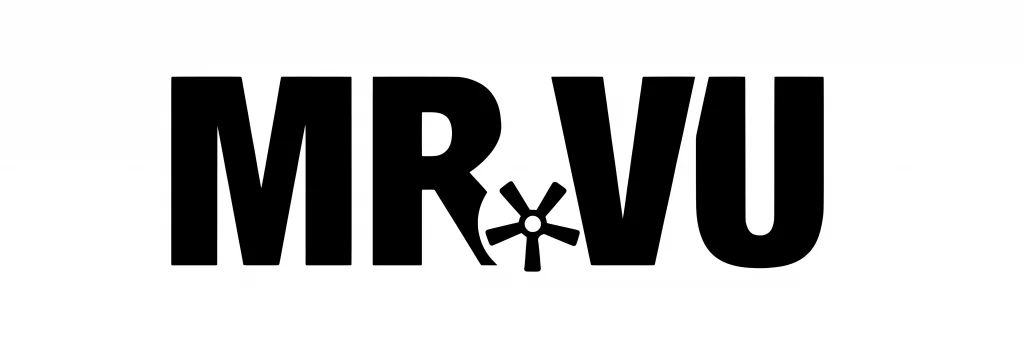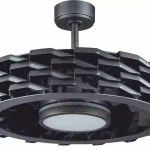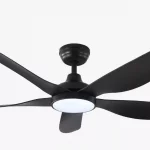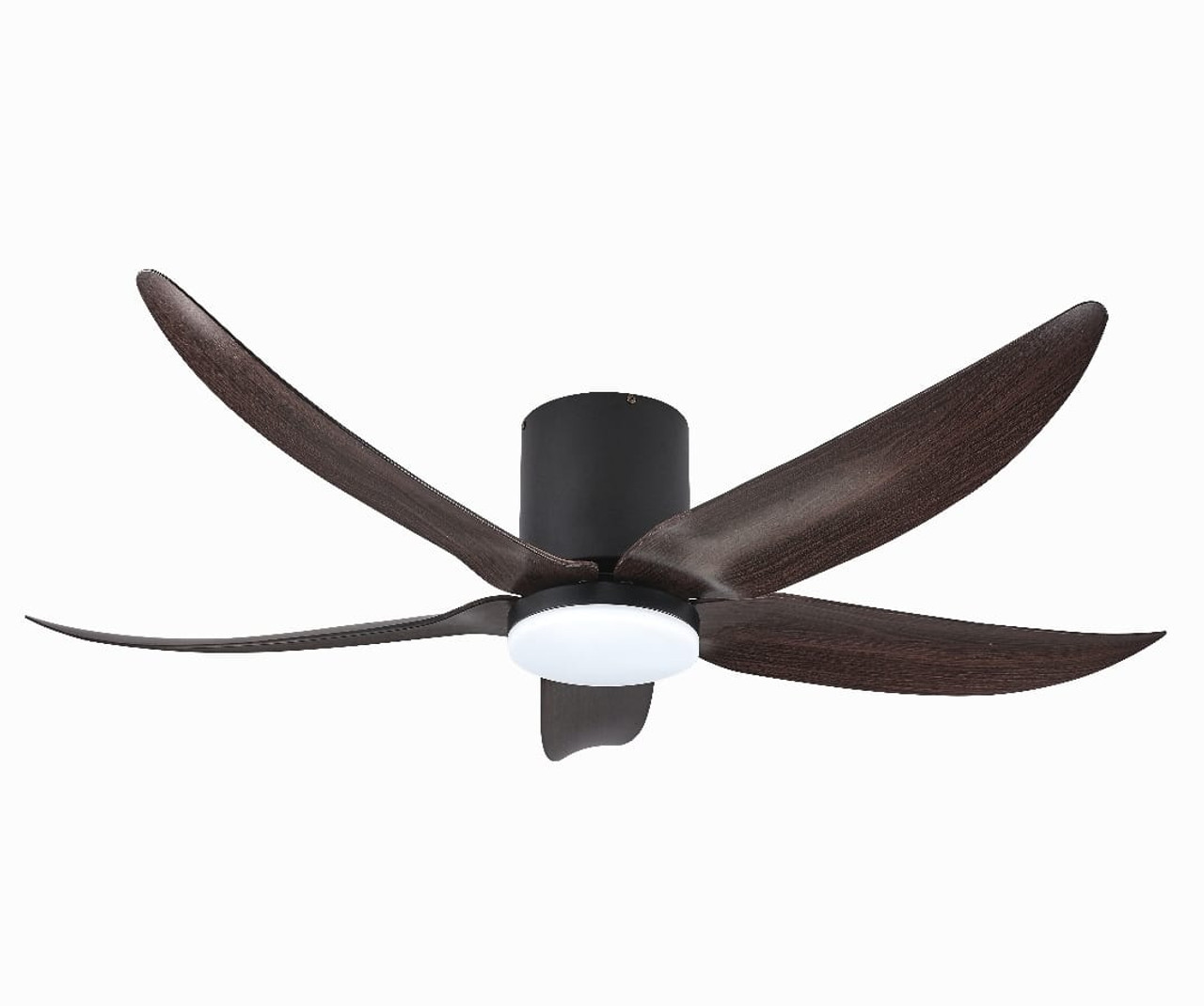Remember those clunky wall-mounted switches controlling your ceiling fan? Yeah, those days are long gone! Modern technology has invaded even the most mundane aspects of our lives, and ceiling fans are no exception. Today, not only are they designed to be aesthetically pleasing, but they also boast cutting-edge remote control technology, making them more convenient and feature-rich than ever before. Let’s dive into the fascinating world of these technological marvels that power your ceiling fan.
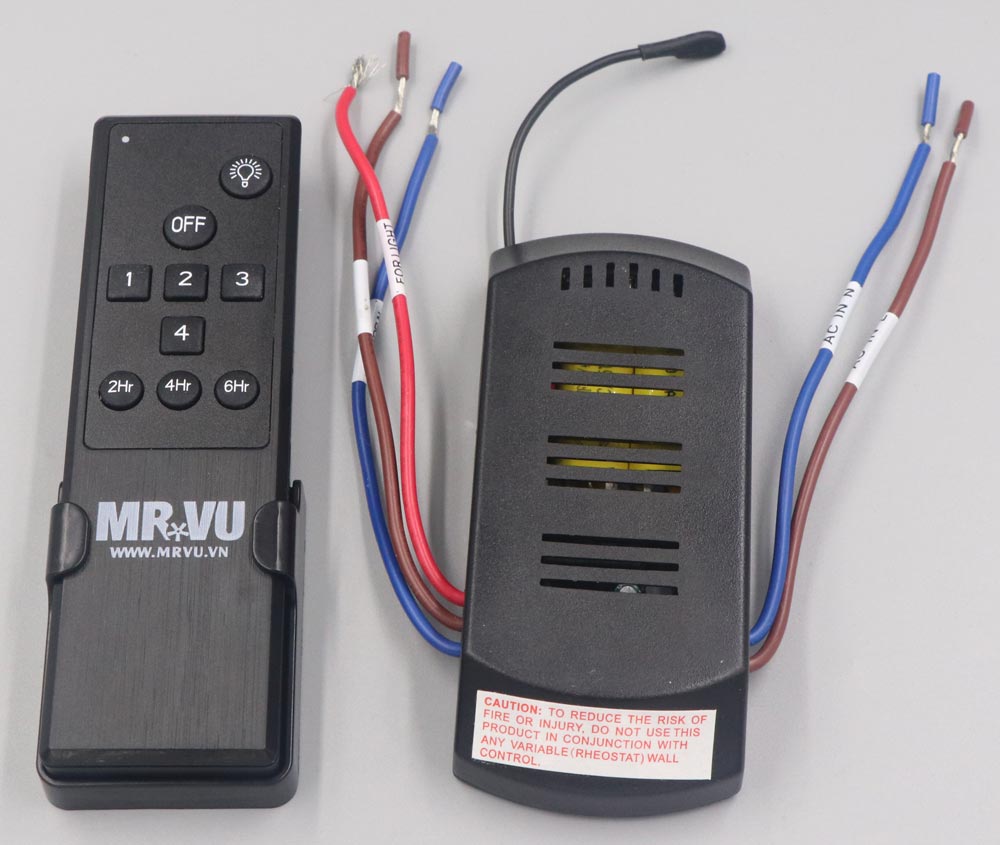
Infrared Waves
Infrared remote control fans have been available for many years and have made up a significant portion of the remote electronic device market. These fans have an “infrared eye” on the remote, which transmits signals to the fan and controls its functions.
Advantages:
- Low price: Infrared technology is relatively inexpensive to implement, making it a cost-effective option for manufacturers.
- Safe and user-friendly: Infrared signals are non-ionizing and pose no health risks. Additionally, the technology is straightforward for users to understand and operate.
- Device compatibility: Infrared remotes are compatible with a wide range of fan models, offering users greater flexibility.
- Energy saving: Infrared remote controls require minimal power, contributing to energy efficiency.
Disadvantages:
- Short range: Infrared signals have a limited range, typically only effective within a few meters of the receiver.
- Obstructed by obstacles: Walls, furniture, and other objects can easily block the signal, hindering its effectiveness.
- One-way communication: Infrared remotes only transmit signals from the remote to the fan, preventing the fan from sending feedback or responding to specific commands.
- Overlap interference: In environments with multiple infrared-controlled fans, signals can overlap, leading to unintended control of multiple devices simultaneously.
Radio Frequency (RF) Waves
RF technology is now the standard for most remote control fans due to its superior performance compared to older technologies like infrared. It provides a stable and reliable connection, even across longer distances, ensuring seamless control with minimal interference.
Advantages:
- Improved affordability: While initially more expensive than infrared alternatives, RF technology has become increasingly cost-effective, making it a competitive choice.
- Safe and user-friendly: RF signals, like infrared, are non-ionizing and pose no health risks. Additionally, RF remotes offer simple, user-friendly interfaces.
- Extensive control range: RF signals have a significantly longer range than infrared, typically reaching tens of meters, providing greater control flexibility.
- Unimpeded by obstacles: RF signals penetrate walls, furniture, and other objects, ensuring reliable control even in complex environments.
- Individual device settings: RF technology allows for individual settings on each device, minimizing accidental signal duplication.
- Enhanced feature set: RF remotes can transmit more complex signals, enabling the use of advanced features and functionalities on the fan.
Disadvantages:
- Higher power consumption: Compared to infrared, RF technology requires more energy, potentially impacting battery life.
- One-way communication: Similar to infrared, RF remotes primarily transmit commands, limiting feedback capabilities.
- Complex technology: RF technology is more intricate than infrared, leading to potentially higher repair costs.
Bluetooth
Bluetooth technology, operating at a frequency of 2.4 GHz, extends beyond its use in smart devices and communication. It also finds application in a limited range of modern ceiling fan models, primarily from Chinese manufacturers. These fans often boast a plethora of technological features, but Bluetooth’s applicability in this context remains limited.
Advantages:
- Modern connection: Bluetooth facilitates two-way communication between the remote and the fan, offering a more advanced experience.
- Unobstructed control: Signals are unaffected by physical obstacles, ensuring reliability.
- Mobile app control: Users can control the fan directly from their smartphones, eliminating the need for a physical remote.
- Two-way communication: Bluetooth allows the remote and fan to exchange information, providing users with real-time updates on fan speed, usage time, and even motor temperature.
Disadvantages:
- High energy consumption: Bluetooth technology consumes significantly more power compared to other options like RF.
- App-based control: Users must open an app on their smartphone to operate the fan, leading to inconvenience and reduced accessibility.
- Limited range: Bluetooth’s range is shorter than RF, requiring closer proximity for control.
- Limited practical use: While the two-way communication feature offers information, its actual usefulness is debatable, especially for everyday fan operations.
- Accessibility issues: App-based control can be challenging for users unfamiliar with technology, particularly older individuals, hindering its widespread adoption.
WIFI
Remote control ceiling fans may seem like a great addition to your home with their wifi connectivity, allowing you to control the fan from anywhere using your phone. However, in reality, this feature is almost completely useless since there is no practicality to it. Let’s be honest, who turns on the fan when they are not present in the room?
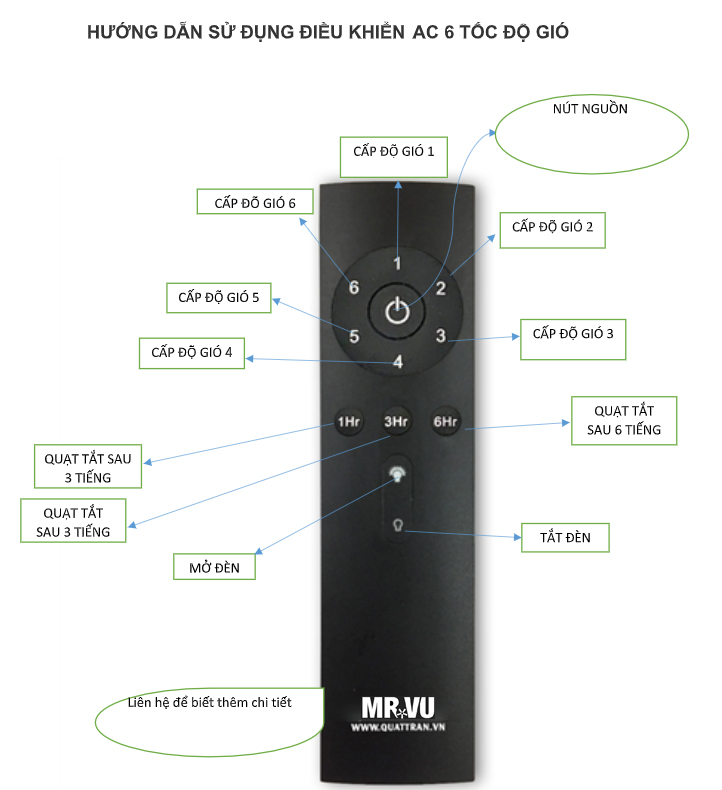
Which technology is best for ceiling fans with remote controls?
The most suitable connection technology for remote control ceiling fans is, hands down, RF waves. This technology delivers unparalleled performance and empowers fans with a comprehensive feature set, including:
- Seamless control of wind speed: Adjust fan speed effortlessly to suit your comfort level.
- Convenient on/off functionality: Turn your fan on or off with a single touch.
- Light color adjustments: Set the perfect mood by changing the color of your fan’s light.
- Rotation direction control: Reverse the rotation direction for optimal airflow in winter and summer.
Mr. Vu’s ceiling fan products proudly utilize the power of RF technology. Our commitment to innovation is reflected in our latest controller models, boasting:
- Control up to 6 wind speeds: Experience a wider range of air circulation options for personalized comfort.
- Uncompromising durability: Rest assured, your Mr. Vu fan will deliver reliable performance for years to come.
- Elegant design: Our controllers complement your interior design seamlessly, adding a touch of sophistication.
At Mr. Vu, we believe in merging cutting-edge technology with convenience and aesthetics. Our RF-powered ceiling fans deliver the perfect trifecta, exceeding customer expectations on every level.
